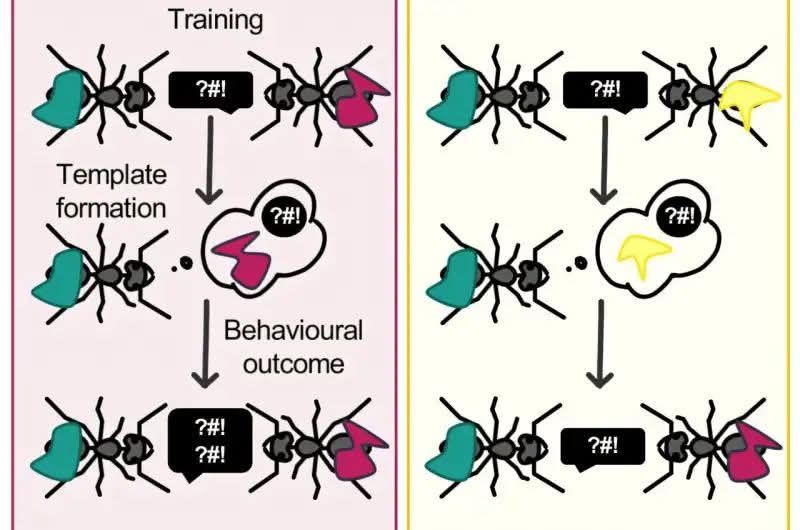They will jointly develop and deploy green hydrogen and ammonia projects in India and Sri Lanka.
Greenstat Hydrogen India (GHI), a developer of green hydrogen and its derivatives, and Norway’s H2Carrier, a pioneer in floating green ammonia production solutions, have signed a Memorandum of Understanding (MoU) to accelerate the development and deployment of green hydrogen and ammonia projects in India and Sri Lanka.
The two will also explore opportunities to implement H2Carrier’s floating production technologies.
GHI was established in 2020 by Greenstat ASA, a Norwegian green energy company that develops and owns its own projects and invests in external companies that contribute to zero-emission solutions and create green value.
Under the MoU, GHI and and the Norwegian company H2Carrier will collaborate on project identification, feasibility studies, and the implementation of green hydrogen and ammonia production facilities, with a particular focus on leveraging H2Carrier’s P2XFloater technology, which is the world’s first floating green ammonia production facility, for floating production solutions.
Sturle Harald Pedersen, Chairman/CEO of GHI, in a release said that this MoU aligns with the company’s commitment to drive the transition to clean energy and deliver sustainable, scalable green hydrogen and ammonia solutions. H2Carrier’s P2XFloater technology enables the production of green hydrogen and ammonia using renewable energy sources, providing a cost-effective and flexible solution for large-scale production and export”.
“H2Carrier is looking forward to collaborating with GHI to promote and expand green ammonia solutions in these key markets,” said the company’s CEO Mårten Lunde. The partnership will identify opportunities to implement floating production solutions that bring both economic and environmental benefits to regions aiming for sustainable energy development. The collaboration between GHI and H2Carrier aims to address the growing demand for green ammonia as a clean fuel and energy carrier while supporting industrial decarbonization in sectors such as shipping, agriculture and heavy industries”.
The key objectives of the MoU include feasibility studies and partnerships for project financing and deployment and supporting the global energy transition through scalable and sustainable solutions, the release said.









Leave a Comment